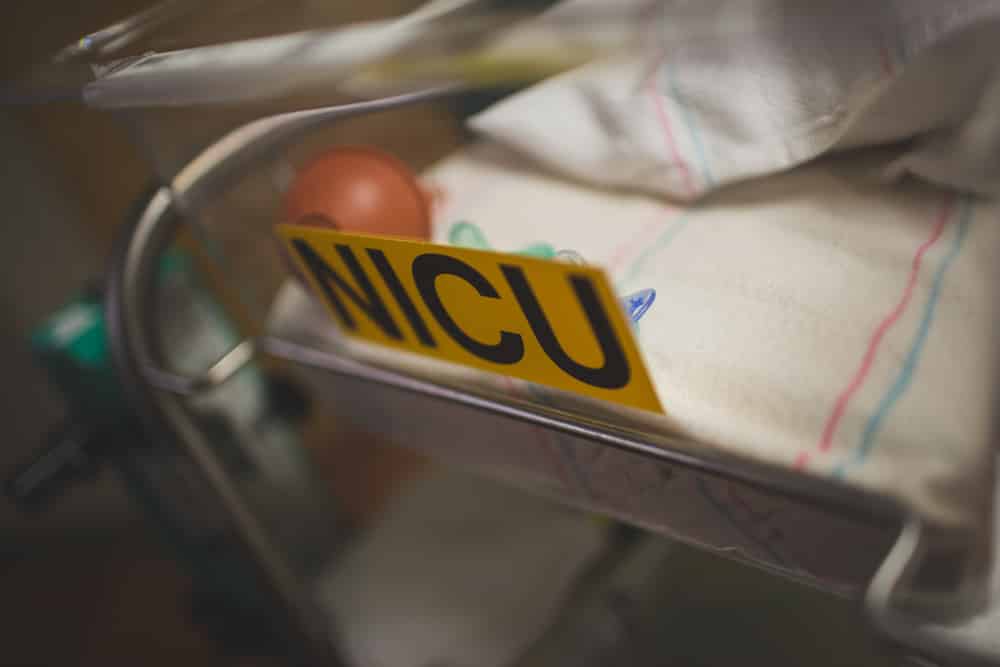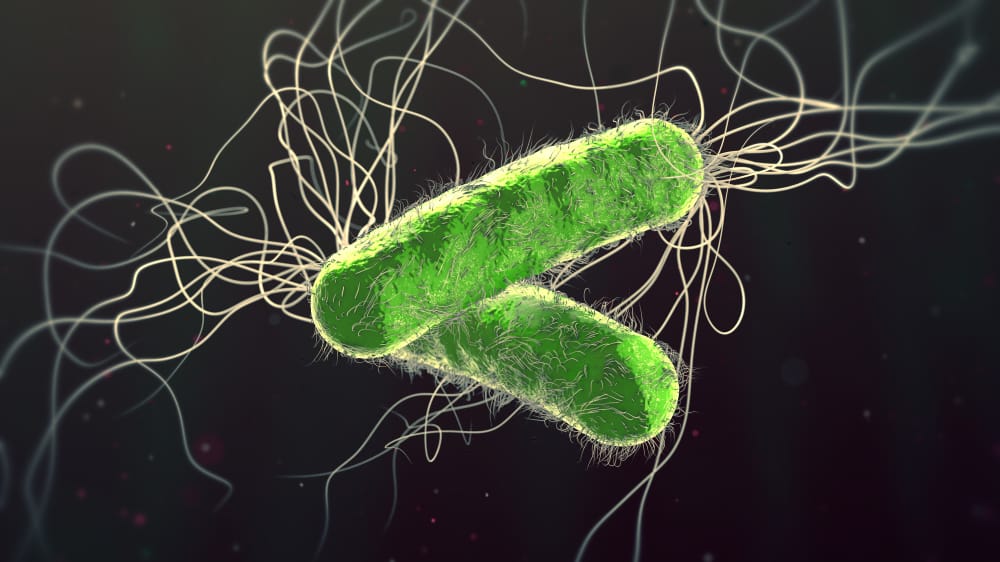
Hospital Apologizes for Fatal Bacterial Outbreak
Plaintiffs’ attorneys are praising Geisinger Medical Center in Danville, Pennsylvania after the facility offered an unprecedented apology to families affected by a fatal bacterial outbreak. In July 2019, the hospital’s neonatal intensive care unit (NICU) experienced a flare-up of Pseudomonas aeruginosa. Pseudomonas aeruginosa is a multidrug-resistant bacterial infection.
Fatal Bacterial Outbreak Information
Between July and September 2019, three infants in the Geisinger NICU died from Pseudomonas aeruginosa infection. Five other children were infected and survived. One of the five surviving infants suffered permanent brain damage.
In October 2019, several families filed lawsuits against Geisinger. This is around the same time that the facility publicly acknowledged the outbreak. Families faulted Geisinger for not preventing the infection or its spread. Families also faulted the facility for concealing the outbreak for a period of several months, which put patients at risk.
One of the families represented in the multiparty suit lost their infant son after one week in the NICU. An attorney for the family says,
“Had Geisinger and its medical staff prioritized the health and safety of its most fragile patients over its reputation and financial interests, as the standard of care required, Abel Cepeda would not have suffered the catastrophic injuries he did and he would not have died.”
Advocates argue that Geisinger intentionally concealed the outbreak from patients and their families in order to avoid patients being sent to other hospitals.
Advocates for the families also note that the end of the outbreak, the apology and the settlement do not mark the end of the journey for those affected. For the family of the child who now has permanent brain damage, their child will require ongoing medical care for the rest of his or her life. This same survivor had a twin who sadly, did not survive.
There are no words to adequately convey what these families continue to go through due to a fatal bacterial outbreak in a facility they trusted to protect their children and improve their health.
Hospital CEO Apologizes to Families Affected by Fatal Bacterial Outbreak
Following the settlement agreement, Geisinger President and CEO Jaewon Ryu, offered an apology to the families affected by the outbreak. Ryu says,
“The loss of a child is tragic, and this settlement can never replace these young children. However, we believe we have taken the steps necessary to prevent future infections and spare other families from this loss.”
Apologies and admitting wrongdoing is something that doesn’t happen often in medical malpractice or birth injury cases. Often, healthcare facilities vehemently deny any responsibility. In Geisinger’s case, admitting wrongdoing and accepting responsibility for the fatal bacterial outbreak is somewhat unprecedented.
While the facility is praised for admitting responsibility for the outbreak, the apology may offer little consolation for the families whose lives were changed by an infectious outbreak that many believe may have been preventable.
Information about Pseudomonas aeruginosa
Pseudomonas is a type of bacteria, or germ, that is common in the environment. Pseudomonas are present in soil and water primarily. The most common type of Pseudomonas to infect humans is Pseudomonas aeruginosa. The bacteria causes infections in the lungs (pneumonia), blood and other parts of the body.

Pseudomonas aeruginosa most commonly develops in healthcare settings. It is incredibly resistant to antibiotics, which makes it more likely to spread. Resistent Pseudomonas aeruginosa germs can spread in healthcare settings through:
- Person-to-person contact
- Inadequate hand hygiene
- Contact with equipment
- Contact with contaminated surfaces
According to the Centers for Disease Control and Prevention (CDC), in 2017 around 32,600 people became infected with Pseudomonas aeruginosa in hospitals. The CDC estimates that there were 2,700 deaths as a result of the infections.
The CDC notes that the patients most at risk for Pseudomonas aeruginosa are:
- Those on breathing machines (ventilators)
- Those who have devices inserted, such as catheters
- Patients who have wounds, including from surgery or burns
Because Pseudomonas aeruginosa is antibiotic resistant, treatment begins by collecting a culture to determine the strain. Then, the culture is tested to see which antibiotics, if any, are active against the bacteria. Based on this information, healthcare providers treat the infection with appropriate antibiotics.
Can Hospitals Prevent Fatal Bacterial Outbreaks?
Hospitals all have infection control policies designed to prevent outbreaks. Unfortunately, sometimes these policies are not enforced, or employees are not properly trained. Also, sometimes the hospital conceals an outbreak in order to avoid penalties or negative attention.
Hospitals can often prevent fatal bacterial outbreaks, however, by following infection control guidelines. The CDC recommends the following:
- Practice good hand hygiene (patients, family members, caregivers and healthcare providers)
- Allow hospital staff to clean the hospital room each day
- Hospitals must adhere to infection control policies
- Hospitals must practice environmental cleaning to reduce the risk of spreading germs
- Healthcare facilities should have water management plans that include infection control
The CDC is also working with health departments and other federal agencies to improve infection control policies and guidelines. The goal is to prevent healthcare infections and slow the spread of contagious germs.
Have Questions about Infant Injuries?
Birth injuries are injuries that infants suffer shortly before, during, or shortly after birth. Unlike birth defects, birth injuries are often preventable. Birth injuries encompass a variety of possible injuries and illnesses, including:
- Physical injuries before or during birth
- Medication errors (maternal or fetal)
- Infections (maternal, fetal or environmental)
- Failure to diagnose a medical condition
- Failure to perform a necessary c-section
In many cases, these injuries are the result of negligence. Doctors, nurses and hospital staff can all be guilty of negligence if they do not follow guidelines and adhere to the standard of care. In the case of the fatal bacterial outbreak we discuss above, the NICU staff was negligent by allowing the infection to spread and by not informing patients and officials in a timely manner.
If you have questions about a birth injury or infant injury while in the care of a hospital or doctor, call Birth Injury Guide. Our birth injury lawyer can help you understand your legal rights. We can also help you explore any options you may have to hold the negligent person or entity responsible for their actions. Find out more by calling us at 1-877-415-6603.

